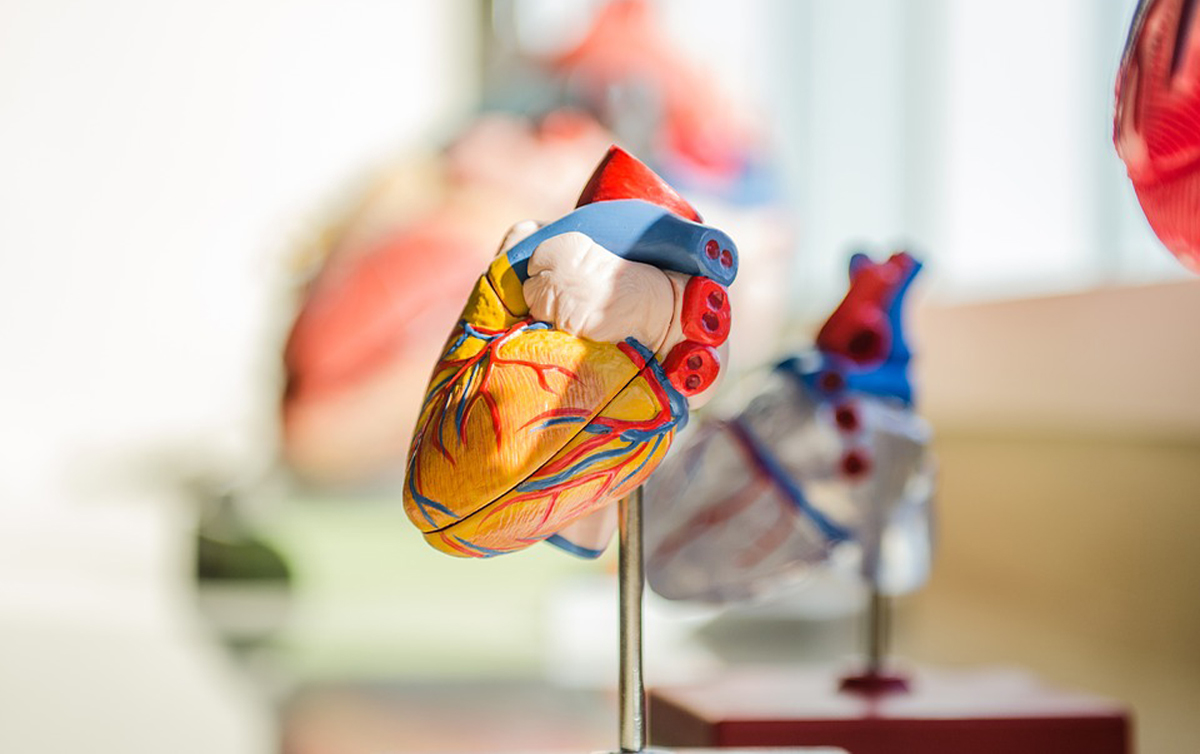 Minimally invasive TAVR heart procedure dramatically improves heart patients’ quality of life
Minimally invasive TAVR heart procedure dramatically improves heart patients’ quality of life
By Jess Gomez
Patients who underwent a minimally invasive surgical procedure that repairs a damaged heart valve experienced a significant increase in their quality of life, according to a new study by researchers at the Intermountain Medical Center Heart Institute in Salt Lake City.
Intermountain Medical Center Heart Institute researchers found that patients who underwent a transcatheter aortic valve replacement, known as a TAVR procedure, ranked their quality of life significantly higher just 30 days after the procedure. Patients ranked their quality of life 72.9 on a 100-point scale (healthiest possible score), compared to a score of 42 prior to the procedure. One year after the procedure, these patients continued to see significant improvement, ranking their quality of life at 75.4.
According to researchers, results suggest that patients experienced an easier time completing daily tasks and a better overall quality of life after the procedure, confirming results observed in clinical trials.
Results of the study were presented during at the 2018 American College of Cardiology Scientific Session last month in Orlando. More than 13,000 cardiologists and cardiovascular clinicians from around the world attended the scientific meeting.
“It’s remarkable that patients were able to improve their quality of life from 42 to 72.9,” said Jose Benuzillo, lead author of the study and outcomes analyst for the Cardiovascular Clinical Program at Intermountain Healthcare. “What’s most meaningful is that the improvement was sustained, which means the quality of life of our patients continued to be dramatically improved.”
Researchers assessed patients’ self-reported health status at baseline, 30 days after the TAVR procedure, and one year after the TAVR using the Kansas City Cardiomyopathy Questionnaire, a widely accepted survey that measures physical function, severity of symptoms, social limitations, self-care abilities, and quality of life of heart patients.
For the study, researchers examined Intermountain Healthcare’s Enterprise Data Warehouse, one of the nation’s largest repository of clinical data, to identify patients who underwent TAVR at Intermountain Medical Center between October 2013 to July 2017.
A total of 471 patients who underwent TAVR at Intermountain Medical Center were analyzed, of whom 460 completed the baseline survey.
Patients differ in many ways from those participating in randomized clinical trials. So being able to study these patients is important; it provides a more a comprehensive view of the care and outcomes associated with TAVR.
During a TAVR procedure, doctors repair the valve without removing the old damaged valve. Somewhat similar to a stent placed in an artery, the TAVR approach delivers a fully collapsible replacement valve to the valve site through a catheter.
Once the new valve is expanded, it pushes the old valve leaflets out of the way, and the tissue in the replacement valve takes over the job of regulating blood flow.
Articles related to “Minimally invasive TAVR heart procedure dramatically improves heart patients’ quality of life”
Dear Dixie State University and Legend Solar: Show me the money



